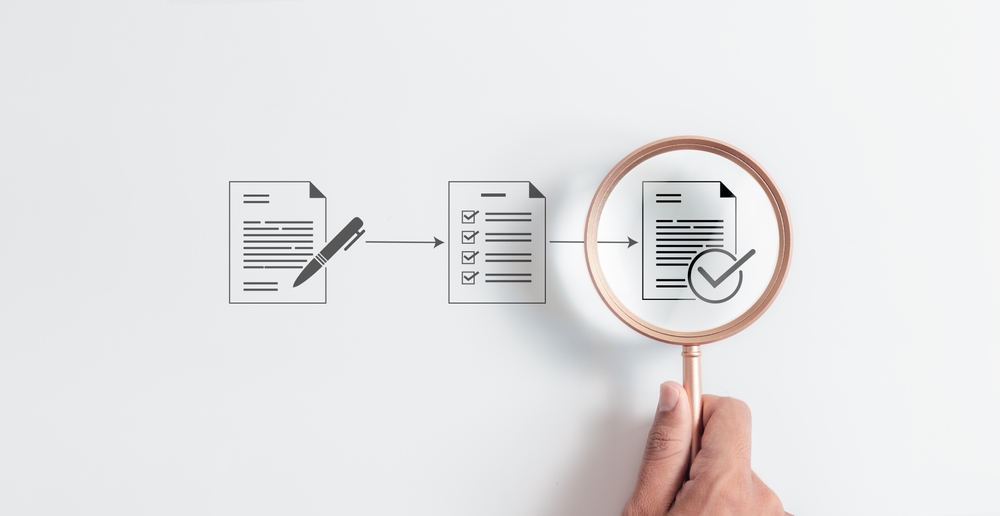Minimising Noise and Maximising Your Data Quality: The Case of Satisficing
Participants may not always read or follow instructions as carefully as we would like it. Because let’s face it: Just like everybody else, even the most diligent participants sometimes get tired or distracted. As a result, they may engage in satisficing as a means to decrease effort and conserve their cognitive resources (Krosnick, 1991).
Satisficing refers to the tendency to provide a minimally acceptable response rather than the optimal response or solution. Unfortunately, when participants satisfice and do not properly follow instructions, this introduces noise in your data. As researchers, it is in our interest to minimize noise as much as possible so that we can have a clear understanding of what our data is trying to tell us.
So what can we do to minimize this noise that results from satisficing? A straightforward and simple solution is to introduce attention checks or an Instructional Manipulation Check (IMC; Oppenheimer, Mayvis, & Davidenko, 2009) in your study. We highly recommend that you use IMCs when running studies on Prolific.
Benefits of adding an IMC in your study:
- Decreases noise in your data and thus increases statistical power
- Increases reliability and validity of your data
Here's an example of an IMC:

Come discuss this blog post with our community!
References
Krosnick, J. A. (1991). Response strategies for coping with the cognitive demands of attitude measures in surveys. Applied cognitive psychology, 5(3), 213-236.
Oppenheimer, D. M., Meyvis, T., & Davidenko, N. (2009). Instructional manipulation checks: Detecting satisficing to increase statistical power. Journal of Experimental Social Psychology, 45(4), 867-872.







